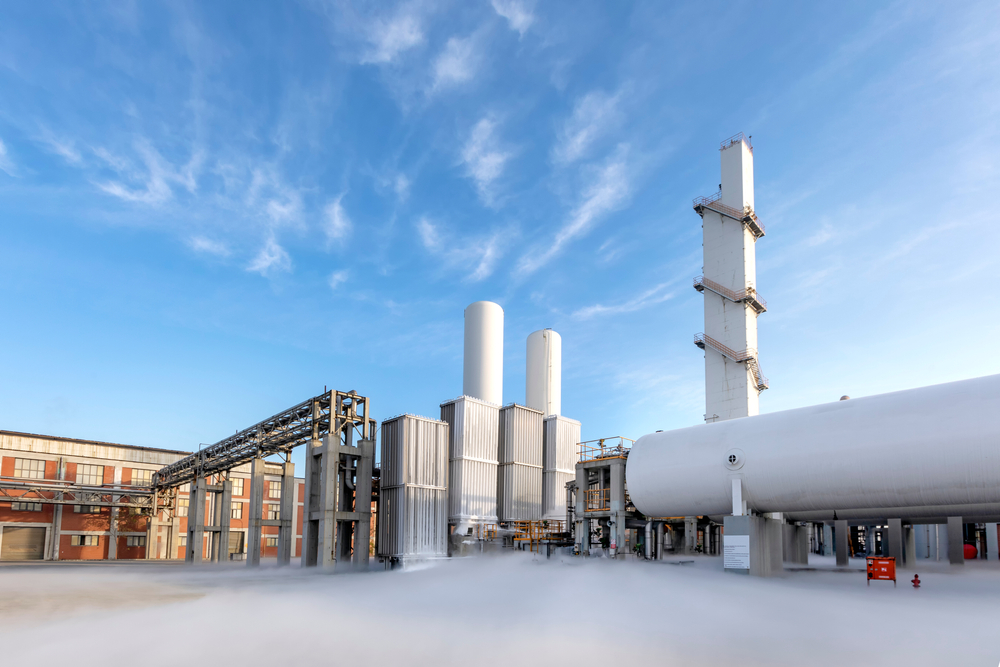Cost-Effective Purity Analysis in the Cryogenic Air Separation Process

Cost-Effective Purity Analysis in the Cryogenic Air Separation Process
Did you know you can improve safety and your process efficiency by using CRDS gas analyzers?
CRDS analyzers offer many opportunities to improve the air separation process by saving time and money and alerting plant operators quickly in case of unsafe impurity levels. Key advantages of using CRDS gas analyzers include:
- Freedom from calibration
- No consumables or service gases required
- All solid-state design, no moving parts
- Plug-and-play, easy to operate
- Accurate detection of H2O, CO2, CH4, C2H2 and H2
- Fast speed of response, ideal for process control
Cryogenic Air Separation
Cryogenic air separation units (ASUs) are the gas industry’s workhorses for the production of gaseous and liquid high purity nitrogen, oxygen and argon. The cryogenic process can be modified to manufacture a range of desired products and mixes.
Controlling Impurities to Ensure Safe ASU Operation
Following compression, the air pre-treatment step consists of cooling and purification to remove process contaminants, such as H2O, CO2 and others. The most common purification methods are Temperature Swing Adsorption (TSA), which exploits the difference in adsorption capacity of adsorbents at different temperatures, and Pressure Swing Adsorption (PSA), which operates similarly via pressure variations.